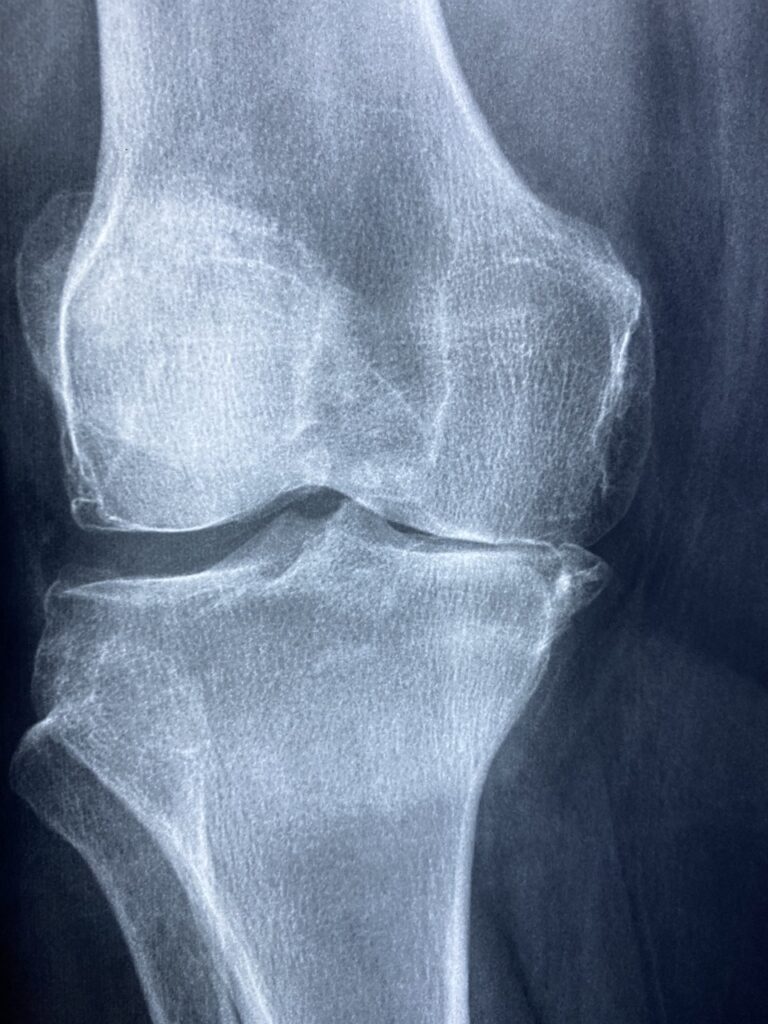Clarifying Cataracts: Shedding Light on Vision Clouding
What are Cataracts? Cataracts refer to the clouding of the eye’s natural lens, which lies behind the iris and the pupil. This clouding progressively affects vision, causing it to become blurry or dim. Cataracts often develop slowly and can eventually interfere with daily activities such as reading, driving, or recognizing faces.
Types of Cataracts:
- Age-related Cataracts: Most cataracts develop as a result of aging and are primarily associated with the breakdown and clouding of proteins in the eye’s lens over time.
- Congenital Cataracts: Some individuals are born with cataracts or develop them during childhood due to genetic factors, infections, or metabolic disorders.
- Secondary Cataracts: Cataracts may develop as a complication of other eye conditions, such as diabetes, prolonged steroid use, or previous eye surgery.
Symptoms of Cataracts:
- Blurry or hazy vision.
- Difficulty seeing at night or in low light conditions.
- Sensitivity to glare, particularly from headlights or sunlight.
- Fading or yellowing of colors.
- Double vision in one eye.
- Frequent changes in eyeglass or contact lens prescription.
Causes of Cataracts: Cataracts develop when proteins in the eye’s lens clump together, causing it to become cloudy. Several factors may contribute to this process, including:
- Aging.
- Ultraviolet radiation from sunlight.
- Diabetes.
- Smoking.
- Certain medications, such as corticosteroids or statins.
- Eye injuries or inflammation.
Risk Factors for Cataracts: Certain factors may increase the risk of developing cataracts, including:
- Age (risk increases with advancing age).
- Family history of cataracts.
- Prolonged exposure to sunlight without UV protection.
- Smoking.
- Diabetes or other metabolic disorders.
- Previous eye surgery or injury.
- Long-term use of corticosteroids or other medications.
Diagnosis of Cataracts: Cataracts are diagnosed through a comprehensive eye examination, which may include:
- Visual acuity test to assess clarity of vision.
- Slit-lamp examination to examine the structures of the eye, including the lens.
- Dilated eye exam to evaluate the back of the eye and the condition of the lens.
- Measurement of intraocular pressure to rule out other eye conditions such as glaucoma.
Pharmacokinetics and Pharmacodynamics: While pharmacological treatment cannot reverse cataracts, certain medications may be prescribed to manage associated symptoms or slow their progression. These drugs may vary in their absorption, distribution, metabolism, and excretion, as well as their mechanisms of action within the body.
Pharmacological Treatment:
- Eyedrops: Lubricating eyedrops or ointments may be prescribed to alleviate dry eyes, a common symptom of cataracts.
- Anti-inflammatory Medications: Nonsteroidal anti-inflammatory drugs (NSAIDs) may help reduce inflammation and discomfort associated with cataracts.
- Corticosteroids: In some cases, corticosteroid eyedrops or injections may be used to reduce inflammation and swelling in the eye.
Non-Pharmacological Treatment:
- Cataract Surgery: The most effective treatment for cataracts is surgical removal of the clouded lens and replacement with an artificial intraocular lens (IOL). Cataract surgery is a safe and common procedure that can significantly improve vision and quality of life.
- UV Protection: Wearing sunglasses with UV protection can help prevent or slow the progression of cataracts by reducing exposure to harmful ultraviolet radiation.
Conclusion: Cataracts are a common age-related eye condition characterized by the clouding of the eye’s natural lens, leading to blurry vision and visual impairment. While cataracts cannot be prevented, early detection and treatment can help preserve vision and maintain quality of life. If you experience symptoms of cataracts or notice changes in your vision, it’s essential to schedule an eye examination with an optometrist or ophthalmologist for proper diagnosis and management. With timely intervention and appropriate treatment, individuals with cataracts can enjoy improved vision and enhanced well-being.




